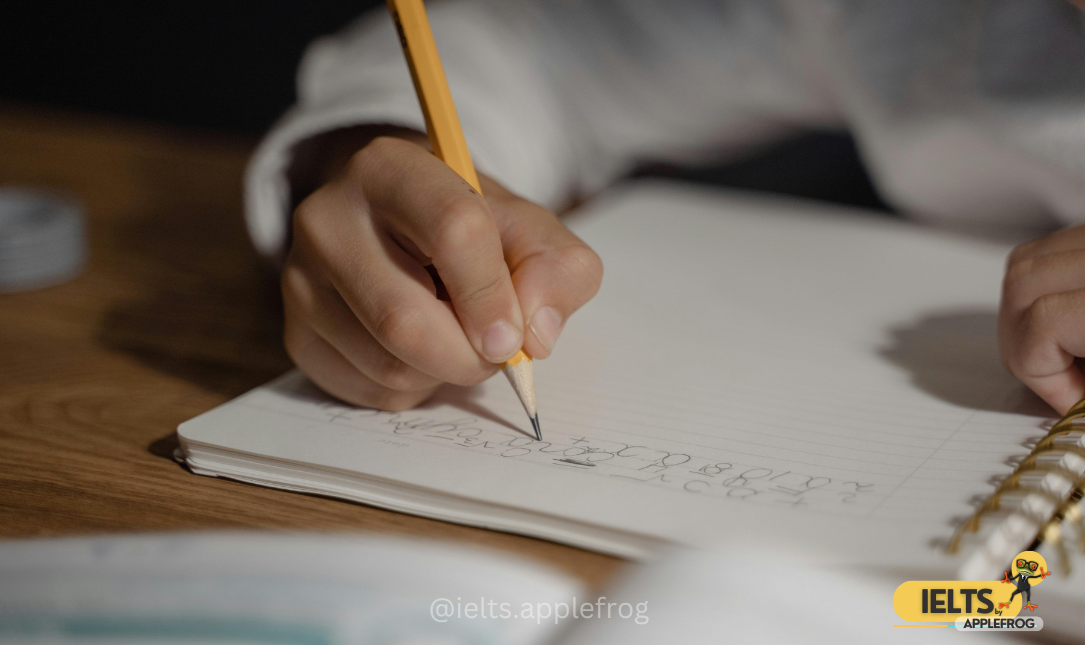
What are Perfect Continuous Tenses?
The perfect continuous tenses, also known as the perfect progressive tenses, are used to express the duration or continuity of actions or states. They emphasize the ongoing nature of activities that relate to past, present, or future timeframes. These tenses include:
- Present Perfect Continuous
- Past Perfect Continuous
- Future Perfect Continuous
1. Present Perfect Continuous Tense
- Formation: Subject + “have/has been” + present participle (-ing form) of the main verb.
- Usage: Refers to actions or states that started in the past, continue in the present, and may continue into the future.
- Examples:
- “She has been studying for three hours.”
- “They have been playing basketball since morning.”
- “We have been waiting for the bus for half an hour.”
2. Past Perfect Continuous Tense
- Formation: Subject + “had been” + present participle (-ing form) of the main verb.
- Usage: Refers to actions or states that were ongoing in the past before another past event or a specific time.
- Examples:
- “I had been working on the project all day before I took a break.”
- “They had been traveling for weeks before they reached their destination.”
- “She had been practicing the piano for hours before the performance.”
3. Future Perfect Continuous Tense
- Formation: Subject + “will have been” + present participle (-ing form) of the main verb.
- Usage: Refers to actions or states that will be ongoing and in progress before a specific future time or event.
- Examples:
- “By next month, she will have been studying English for a year.”
- “They will have been working on the assignment for days by the time it is due.”
- “We will have been waiting at the airport for hours before the flight arrives.”
Points to Remember
- Perfect continuous tenses emphasize the duration or continuity of actions or states.
- They use auxiliary verbs (have/has been, had been, will have been) followed by the present participle (-ing form).
- The tense depends on the time frame of the action (present, past, or future).
- Time expressions like “for,” “since,” or specific timeframes are often included to specify duration.
Perfect continuous tenses describe ongoing actions or states that started in the past and continue up to a specific point in time.
- Discuss Ongoing Activities: Perfect for describing actions that continue over time.
- Express Durations: Highlight the length of time an activity has been happening.
- Relate Actions to Specific Timeframes: Provide context about past, present, or future durations.
By mastering the perfect continuous tenses, you can effectively describe actions and states with precision, emphasizing their ongoing nature and connection to specific timeframes.
RELATED POST












 Here can be your custom HTML or Shortcode
Here can be your custom HTML or Shortcode
0 Comments